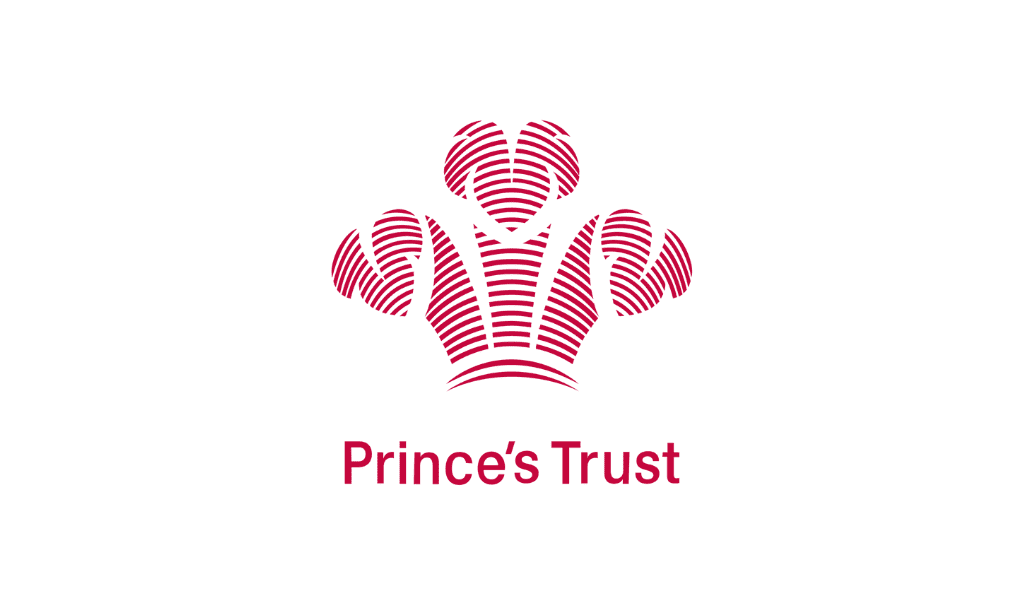A partnership between HR and finance departments can spell out success for predictive talent strategies.
By Marta Chmielowicz
Modern HR departments are increasingly turning to data and analytics to guide their people strategies -but a recent study from Oracle, HR Moves Boldly into Advanced Analytics with Collaboration from Finance, shows that they are not doing it alone.
Rather, HR leaders are working collaboratively with finance departments to better understand the financial impact of their talent strategies and initiatives. With personnel costs representing the highest expense for many companies and workforce planning decisions contingent on financial performance, it is no surprise that 83 percent of the survey’s 1,510 respondents report that integrating HR and finance data is a top priority for the year.
But just because HR is seeking out partnerships to build on its analytical infrastructure, doesn’t mean that its existing capabilities are not sophisticated. Today, the adoption of data and analytics in HR is among the fastest of any business function, and over half (51 percent) of HR teams have advanced their analytic capabilities beyond simple diagnostics and into predictive and prescriptive techniques.
This means that in addition to understand why something happened, they are able to determine what is likely to happen next and the appropriate plan of action. Other survey results indicate that:
- Ninety-eight percent of HR leaders can use data to predict workforce needs.
- Ninety-four percent can predict turnover.
- Ninety-four percent have insight into their employees’ career goals.
- Artificial intelligence is used by 31 percent of respondents in resume analysis to identify at-risk talent, predict high-performing recruits, and source best-fit candidates.
A collaboration with the finance department can help HR leaders amplify the benefits of those capabilities and better demonstrate the relationships between talent, cost, and financial performance. Eighty percent of respondents agree that their organization’s HR and finance teams are already working together to present data-driven recommendations to business leaders, particularly in the following areas:
- forecasting headcount and budget needs (28 percent);
- gaining a complete picture of business priorities (28 percent);
- handling workforce management (16 percent);
- predictive modeling of business changes (16 percent); and
- historical reporting (7 percent).
Eighty-eight percent of respondents say that this allows them to improve business performance and 76 percent say that it enhances their organizational agility. But results also indicate that creating a partnership between these two functions can be challenging, with departments struggling to breach differing cultural habits and mismatched skill sets resulting from a traditional lack of collaboration.
How can organizations overcome these challenges and build a successful collaborative culture? The study recommends these best practices:
- Keep it simple. Create small teams and assign each of them one specific question. The teams can then adopt some agile practices to determine what data will answer the question, the source of that data, how it should be interpreted, and how to achieve the desired result -making sure to check in along the way in short, frequent interactions.
- Emphasize mutual interest. Highlight the shared goals that both the HR and finance teams are trying to accomplish and communicate with mutual trust and respect.
- Recognize success. Leaders from both sides of the aisle can promote good collaboration practices by highlighting role models and examples of success.
- Develop a clear model. Business leaders should determine whether they want a centralized analytics function, a decentralized model where departments are responsible for their own data, or a hybrid model with centralized control over some areas.
- Embrace the culture. The organization needs to reinforce the partnership between departments, creating a culture of comradery, learning, and collaboration, and dealing with any internal resistance as it emerges.
LEARN MORE
[metaslider id=16622]














